Wish You Could Predict the Behavior of Invasive Weeds? You Can!
What if you could predict which nonnative plant species would become invasive weeds and when? Would it change your weed management plan?…

What if you could predict which nonnative plant species would become invasive weeds and when? Would it change your weed management plan?…

The animal article of the month for December is ‘Energy and protein requirements of Santa Ines lambs, a breed of hair sheep‘.…

Reproduction on Film, the recently published special issue of The British Journal for the History of Science, investigates the theme of biological reproduction in the history of cinema, television, and other screen media.…

Since the U.S. EPA’s 2005 ban of methyl bromide, winter strawberry growers have faced a perplexing dilemma. How do you control those pesky broadleaf weeds, grasses and nutsedge species that emerge through the transplanting holes in polyethylene mulch?…
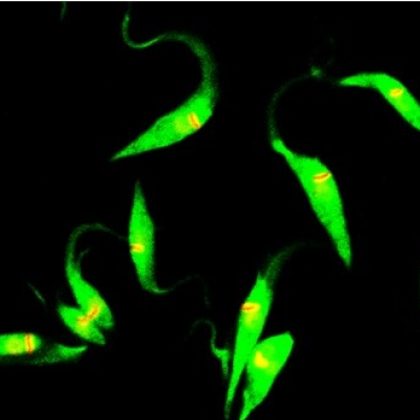
The latest Paper of the Month from Parasitology is by Amanda F. Francisco, Shiromani Jayawardhana, Michael D. Lewis, Martin C. Taylor, and John M.…

As Dawn Burnham and I wove our way through the Htamanthi Wildlife Sanctuary in the north of Myanmar, writes David Macdonald, we were accompanied by a remarkable team.…

Study finds that snow leopards only use three quarters of the presumed snow leopard habitat in Himachal Pradesh, India, raising questions about the way we map the cat’s distribution.…
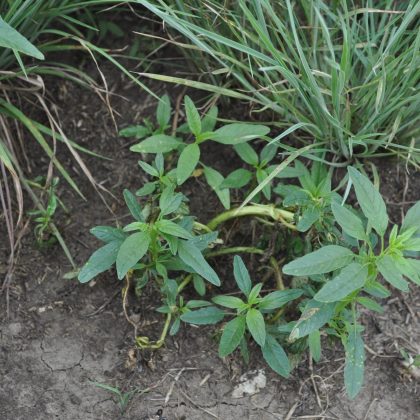
Waterhemp is already one of the most problematic weeds in the Midwest and South. But researchers writing in the latest edition of the journal Weed Science say its control challenges are getting even tougher. …

The animal article of the month for November is ‘Sows with high milk production had both a high feed intake and high body mobilization‘.…
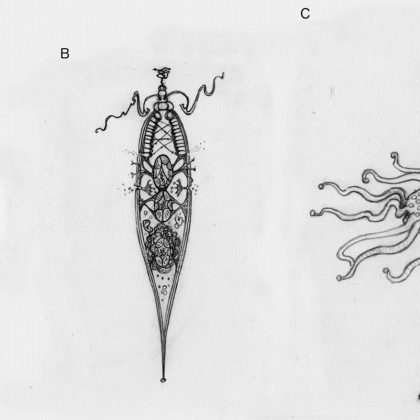
Hollywood films and Science-Fiction literature fuel the fantasy that aliens are other-worldly, monster-like beings, who are very different to humans. But, new research suggests that we have more in common with our extra-terrestrial neighbours, than initially thought. In a new study published in the International Journal of Astrobiology scientists from the University of Oxford show for the first time how evolutionary theory can be used to support alien predictions and better understand their behaviour.

The latest Paper of the Month in Parasitology is Parasitic nematodes of the genus Syphacia Seurat, 1916 infecting Muridae in the British Isles, and the peculiar case of Syphacia frederici by Jerzy M.…
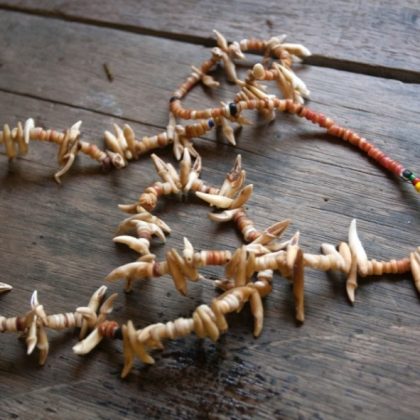
Cultural value of bat teeth means traditional hunting customs are “a positive, not a negative” Bats often get the short end of the stick—when you look around in October, they’re featured in Halloween decorations right up there with unsavory characters like monsters and ghosts.…

A new scientific publication from WCS (Wildlife Conservation Society) and the Bukit Barisan Selatan National Park Authority looks at the effectiveness of the park’s protection zone and finds that the density of Sumatran tigers has increased despite the continued threat of living in an ‘In Danger’ World Heritage Site.…

A new study led by Oxford scientists has produced the first robust estimate of the number of Sunda clouded leopards remaining in the state of Sabah, Malaysian Borneo.…

An iconic African eagle species made famous by TV presenter Steve Backshall is soaring towards extinction, a South African scientific study has found.…

The animal article of the month for October is ‘Animal Board Invited Review: Comparing conventional and organic livestock production systems on different aspects of sustainability‘.…

For the most part, since the establishment of reliable methods for extracting and culturing cells in the lab (in vitro), biologists have cultured these cells in dishes or plates, usually glass or plastic.…

Lots of research has been conducted on the ecology and biology of invasive plants. But are we really any closer to understanding why some plant invaders succeed and others don’t?…

Scientists have discovered an important new reason to focus on removal of invasive plant species. A recent study featured in the journal Invasive Plant Science and Management shows that removing invaders alongside a stream or river can greatly improve the biodiversity of aquatic organisms.…

The latest Paper of the Month in Parasitology is The role of rare innate immune cells in Type 2 immune activation against parasitic helminths by Dr.…

In this post, Anne Peters gives us an overview of the Symposium on Global Animal Law: Animals Matter in International Law and International Law Matters for Animals that is now published open access by AJIL Unbound.…

Himalayan wolves form an evolutionary distinct wolf unique to the high altitude ecosystems of the Himalayas and the Tibetan Plateau. These wolves face many threats from illegal poaching due to depredation and traditional uses of body parts to habitat encroachment by livestock and associated decreasing wild prey populations.…

The latest issue of the journal Weed Science contains an article with intriguing new insights about the control of herbicide-resistant kochia, a weed that competes with both dryland and irrigated crops across the Great Plains states.…

Fall-planted cover crops are frequently a component of integrated weed control programs in herbicide-resistant soybeans. But does it matter which cover crop is used?…

The animal article of the month for September is ‘Review: Divergent selection for residual feed intake in the growing pig‘. Improving feed use in livestock remains a challenge in most animal species.…
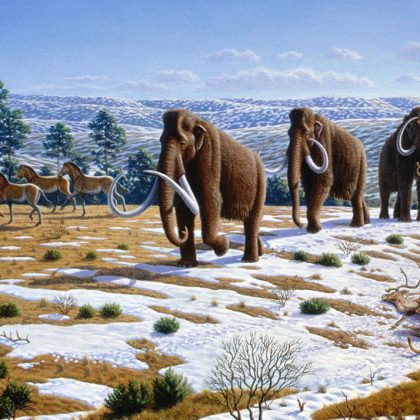
About 10,000 years ago, in the last moments of the Pleistocene epoch, an extinction of large mammals, or megafauna, occurred. These included the woolly mammoths, mastodons, saber-tooth tigers, giant ground sloths, and enormous woolly bears, all North American inhabitants of the last major ice age.…

Beliefs in magical creatures can impact the protection of biodiversity and the field of conservation needs to consider them seriously, researchers have warned. According to a new study, by the University of Leeds and Cardiff University, the conservation of threatened species has much to gain from acknowledging people’s spiritual, magical and cultural beliefs.
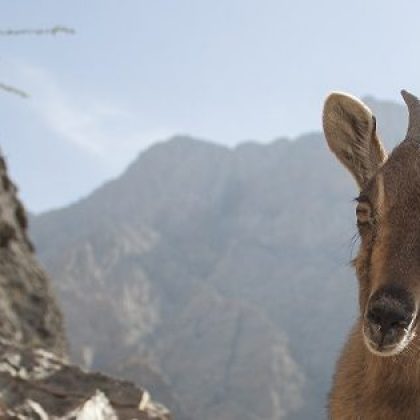
Species distribution models are a method used by conservationists to make inferences from limited data sets, in a format that can facilitate conservation management across landscapes. They are particularly suitable for filling gaps in knowledge of scarce populations and those inhabiting inaccessible terrain. The Arabian tahr is one such species. Inhabiting the precipitous cliffs of north eastern Arabia, the species is rarely seen and poorly known.

The animal article of the month for August is “Factors of importance when selecting sows as embryo donors”. An adequate selection of embryo donors is a key point of and efficient embryo transfer (ET) program.…
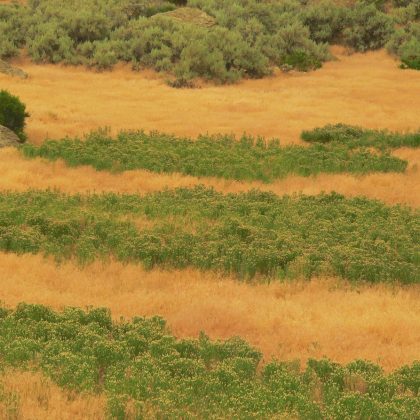
A recent study featured in the journal Invasive Plant Science and Management suggests it’s time to rethink control of Russian knapweed, an invasive plant classified as a “noxious weed” in 18 U.S.…

With the recent introduction of soybean and cotton traits resistant to synthetic auxin herbicides, farmers have new, much needed options for managing glyphosate-resistant broadleaf weeds. Researchers writing in the journal Weed Technology say use of the auxins isn’t without risk.

The latest Parasitology Paper of the Month is “Amblyomma birmitum a new species of hard tick in Burmese amber” by Lidia Chitimia-Dobler, Bruno Cancian de Araujo, Bernhard Ruthensteiner, Timo Pfeffer, Jason A.…
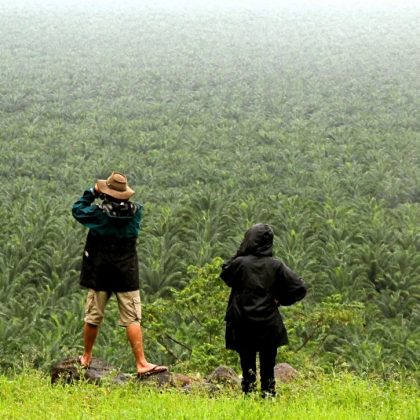
In a recent study published in Bird Conservation International, authors from Perth Edith Cowan University have carried out research in Papua New Guinea to understand how logging and palm oil plantations is affecting rare bird numbers.…

In a study featured in the most recent edition of Weed Science, a team of researchers tilled four fields every two weeks during the growing season.

In the coming decades, the world population is expected to increase. This increase will result in a growing demand for food products, especially for animal protein.
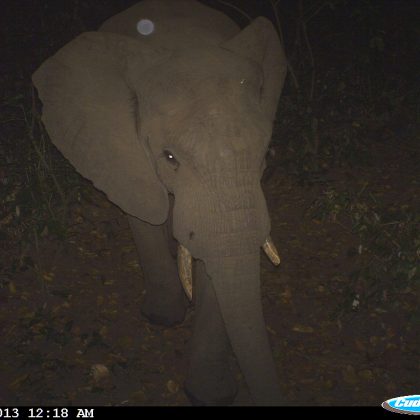
Researchers have published a new study in the journal Oryx that employed camera traps to investigate crop use by African elephants along the boundary of Udzungwa Mountains National Park in south-central Tanzania.

A study recently published in the international conservation journal Oryx shows that this charming group of amphibious mammals have undergone a dramatic countrywide decline in China, and are extirpated over much of their former ranges.

Logging roads makes valuable Musk Deer more accessible to poachers, who hunt for the musk gland found in males, a substance that, gram from gram, is more valuable than gold. Find out more from the latest study by Oryx.
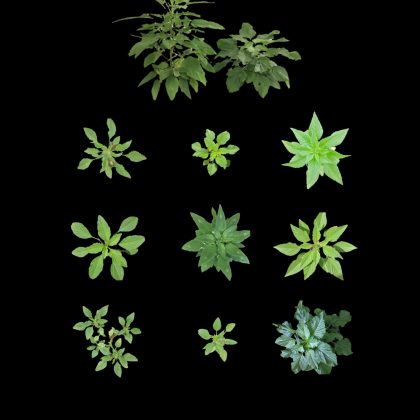
New research featured in the journal Weed Science, shows “life history” traits may be contributing to crop losses by making Palmer amaranth more aggressive and difficult to control.

New research published recently in JFM, will help to direct future research on the deployment of sensory arrays that could be used to guide underwater autonomous vehicles.

The animal article of the month for June is ‘Invited review: Nutrient sensing receptors for free fatty acids and hydroxycarboxylic acids in farm animals‘. …

Commercial dry-season rice cultivation in Cambodia’s Tonle Sap floodplain increasingly threatens the Critically Endangered Bengal florican, a new study published in Oryx says. This and other threats puts the species at high risk of extinction in the near future, unless it is managed appropriately.
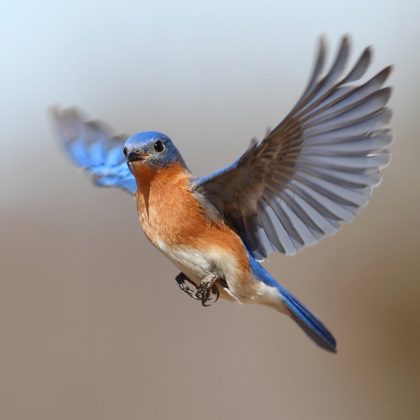
When a bird flaps its wings it generates thrust force which keeps it airborne, but how does this actually work? And how hard and how fast should they flap?
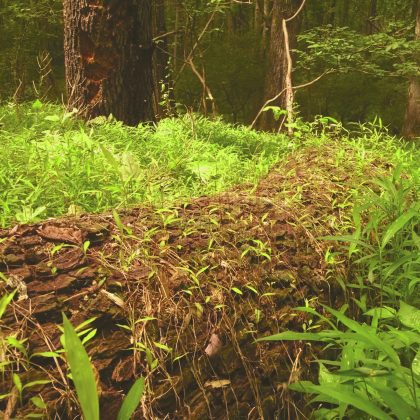
A new study featured in the journal Invasive Plant Science and Management shows the impact of weedy invaders can linger for years.
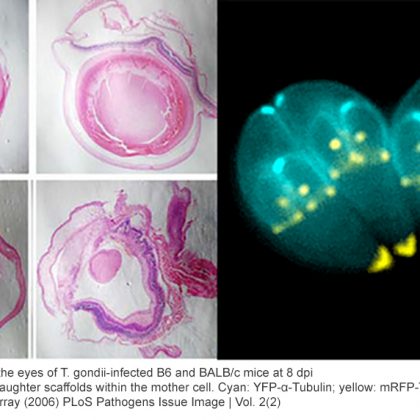
The latest Parasitology Paper of the Month is “Galectins expressed differently in genetically susceptible C57BL/6 and resistant BALB/c mice during acute ocular Toxoplasma gondii infection” by S.-J.…

Scanning electron microscopic image of two spray hoses showing wear and possible adsorption sites for auxinic herbicides. See article by Cundiff et al.…
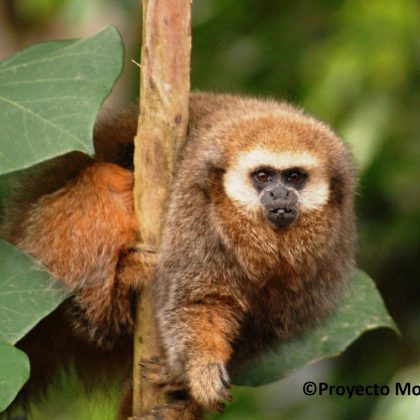
The latest EC Perspectives paper from Environmental Conservation is entitled ‘Rapid conservation assessment for endangered species using habitat connectivity models‘ by Danica Schaffer-Smith, Jennifer J.…
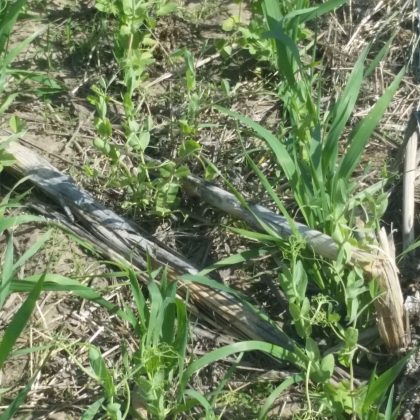
Cover crops are attracting widespread attention for the benefits they provide in crop rotations, especially for soil health. However, many growers of corn and soybean crops know it can be challenging to establish fall-seeded cover crops.

Laith A. Jawad, one of the authors of ‘Morphology study of the otoliths of the parrotfish, Chlorurus sordidus (Forsskål, 1775) and Hipposcarus harid (Forsskål, 1775) from the Red Sea coast of Egypt (Family: Scaridae)’ recently published in JMBI provides us further insight into this research.…

Photo credit: Karen Wildlife Conservation Initiative (KWCI). Yangon, Myanmar (3 March) – The Karen Wildlife Conservation Initiative (KWCI), with financial support from WWF and other partners, have conducted six camera traps surveys in the hill forests of Northern Karen State, Myanmar, previously inaccessible to biologists and conservationists for security and political reasons. …
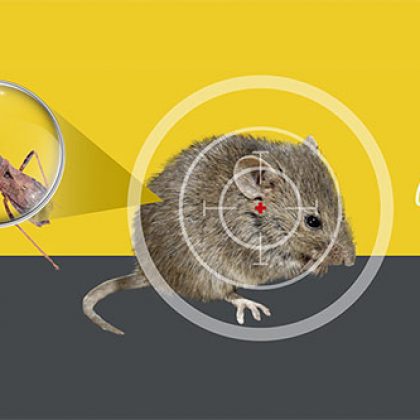
The latest Parasitology Paper of the Month is “Understanding transmissibility patterns of Chagas disease through complex vector–host networks” by Laura Rengifo-Correa, Christopher R.…
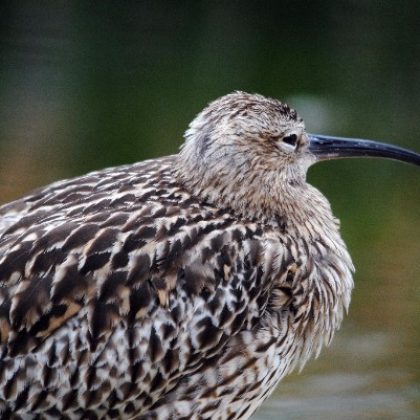
A new ground-breaking assessment published today in the journal Bird Conservation International has revealed that loss of habitat could lead to the extinction of a number of species of curlew and godwit, some of which are found in the UK.

In a recent study published in Bird Conservation International, authors from The Australian National University and Nature Society (Singapore) found that wild populations of the Straw-headed Bulbul in Singapore have steadily risen over the last 15 years, and may now be the largest in its entire distribution.

A new study published in Oryx shows that the jaguar is in much greater danger of extinction than previously thought.

Development of Resistance to antimicrobials is developing faster than ever before due to decades of abusing these important drugs. A ‘post-antibiotic’ world looms as a result, the consequences of which would be many people and farm animals sickening and dying of what, until now, have been preventable or treatable infections.

Researchers writing in the latest issue of the journal Weed Science provide important insights on the control of herbicide-resistant giant ragweed

The latest Thematic Issue 'Trypetheliaceae' from The Lichenologist is now available online and unlocks the secrets to more than 400 species of tropical lichens.

The Institute for Historical Research recently selected ten of the “most interesting articles and books” of 2016 and I was delighted to find my BJHS paper Deceived by Orchids: Sex, Science, Fiction and Darwin among them.…

The animal article of the month for January is ‘Outdoor stocking density in free-range laying hens: radio-frequency identification of impacts on range use‘. …